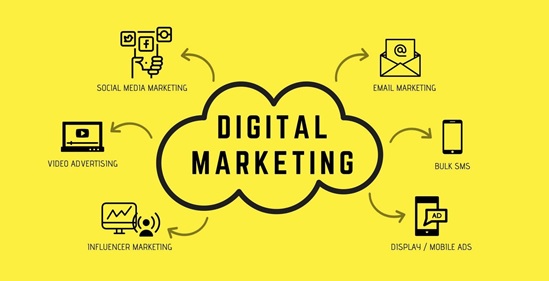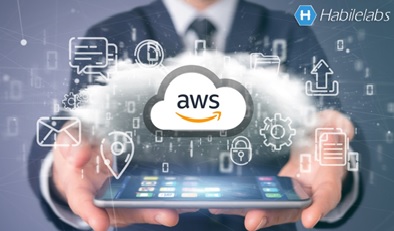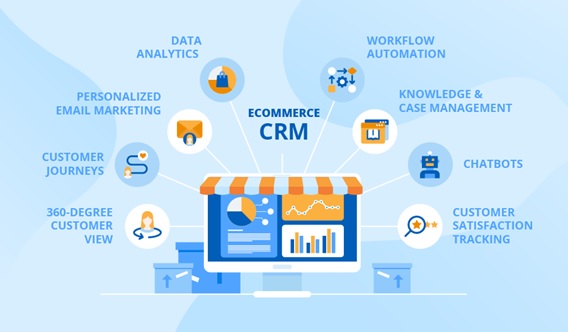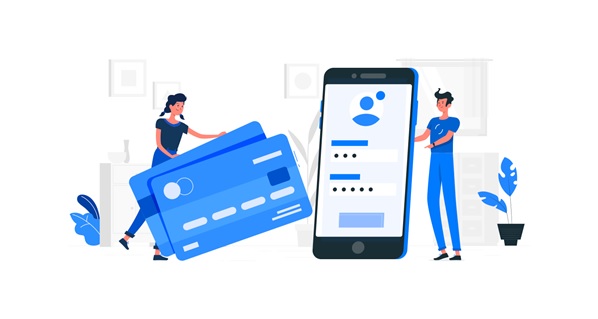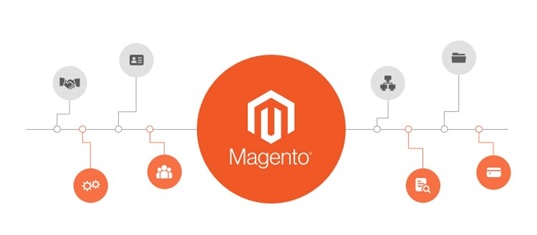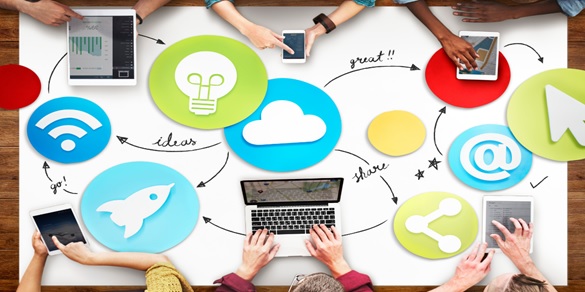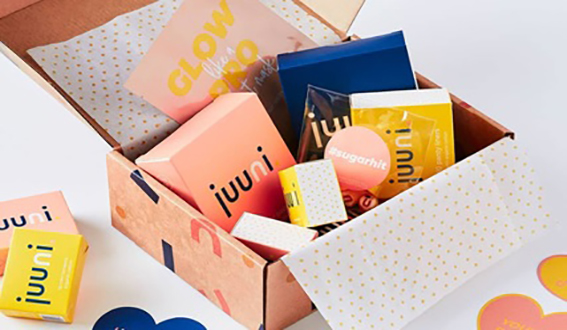The Innovation of Customized Product
Customised products are best described as blank products that are designed or created by the customer. People typically use images, logos, text, clip art, effects & colours to create products. To sell customised products online it is essential to have both a preview tool and automated print ready artwork generation. Although printing & decoration methods have improved dramatically it is also important that online users can only ever create products that can actually be produced. [1] For customised product having a simple intuitive user interface is mission critical. A customisable product is always the starting point for creating personalised or on demand products.
Difference of Customization and personalization
Customization and personalization are often thought to be synonymous, but that isn’t the case. There is some overlap between the two (both aim to tailor marketing experiences to a user’s interest and improve their experience) yet they take two paths to reach their end goal. [2] They have inherent differences. The figure 1 shows the product customization.
While customization is initiated by the user, personalization is done for the user.
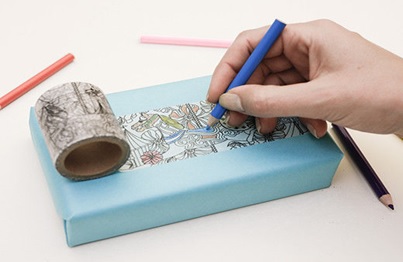
Figure 1. Customised product
Benefits of product customisation
Generate more sales
Personalising products doesn’t just help increase sales, it also keeps your customers satisfied, which promotes loyalty and word-of-mouth recommendations.
If that figure surprises you, just listen to this:1 in 5 of these consumers would be willing to pay 20% more for a personalised or exclusive product. [3] This indicates a shift in consumer mentality away from monetary cost, and towards inherent value.
Increase the profit margin
Before it was possible to quickly create custom products, businesses would stockpile products in bulk from a third-party manufacturer. That they might not sell was a risk that they just had to take.
Stand out from the competition
Picture the scene: a town has two clothes stores, both of which sell t-shirts. In the first, you can choose a design from a catalogue of 100 different images and patterns, all beautifully designed by talented graphic designers. In the second shop, however, there is no catalogue – you can walk in and ask for any image you want – a photo of your nan for her 90th birthday, a cartoon of you as a superhero doodled by your niece, or just the words “do not disturb”.
No need for higher inventory costs
You don’t need to trash your existing business model to tap into the personalisation market. There’s no need to throw out all your stock and buy a fresh batch. With a little ingenuity, you can customise the same items you already sell, simply by adding a special little touch. But that doesn’t mean you have to stockpile versions of your product – you can customise a single product as each order comes in.
Better customer insight
Customer data, consumer trends and buying habits are strong tools to have in any business arsenal. Having your own means of gaining an insight can give you a strong competitive advantage. Business without a product personalisation offering can only gather data on the items they have in stock. If they allow their customers to customise the products, they can know their customers in ways their competitors can’t come close to.
With technologies like CRM and data analytics, companies can save the information of each customer and use it to offer products or services adapted to their tastes and preferences. Good personalisation goes hand in hand with analytical technology. Who knows - in the future, artificial intelligence might let companies use their customers’ personalisation habits to anticipate the next big sales trend.
Increase customer loyalty
When they can personalise products according to their tastes, your customers get exactly what they want, and their satisfaction level goes up to eleven! They see the product as a unique item, with added value and designed to meet their specific needs. It is an adaptation to the consumer at the highest level and, of course, it’s one of the best ways to build loyalty.
If your customer feels like they have your undivided attention, they’ll be more likely to make a purchase or to establish a lasting relationship with the brand. Once they have that connection with your brand, your competitors will have to try even harder to get their attention.
Power the online business
In recent years sales in physical stores have been decreasing. This is largely due to the pressure of online stores who don’t have the same overheads and can offer cheaper products in a more convenient way. Also, with faster, more responsive websites, it’s easier to access the products, compare them and buy them; while in physical stores the buyer always has to search to find the best offer.
References:
- https://www.custom-gateway.co.uk/customised-products-explained/
- https://instapage.com/blog/customized-vs-personalized
- https://www.rolanddg.eu/en-gb/blog/2018/08/13/benefits-of-product-customisation
Cite this article:
Vinotha D (2021), The innovation of Customized Product, AnaTechMaz, pp. 10




